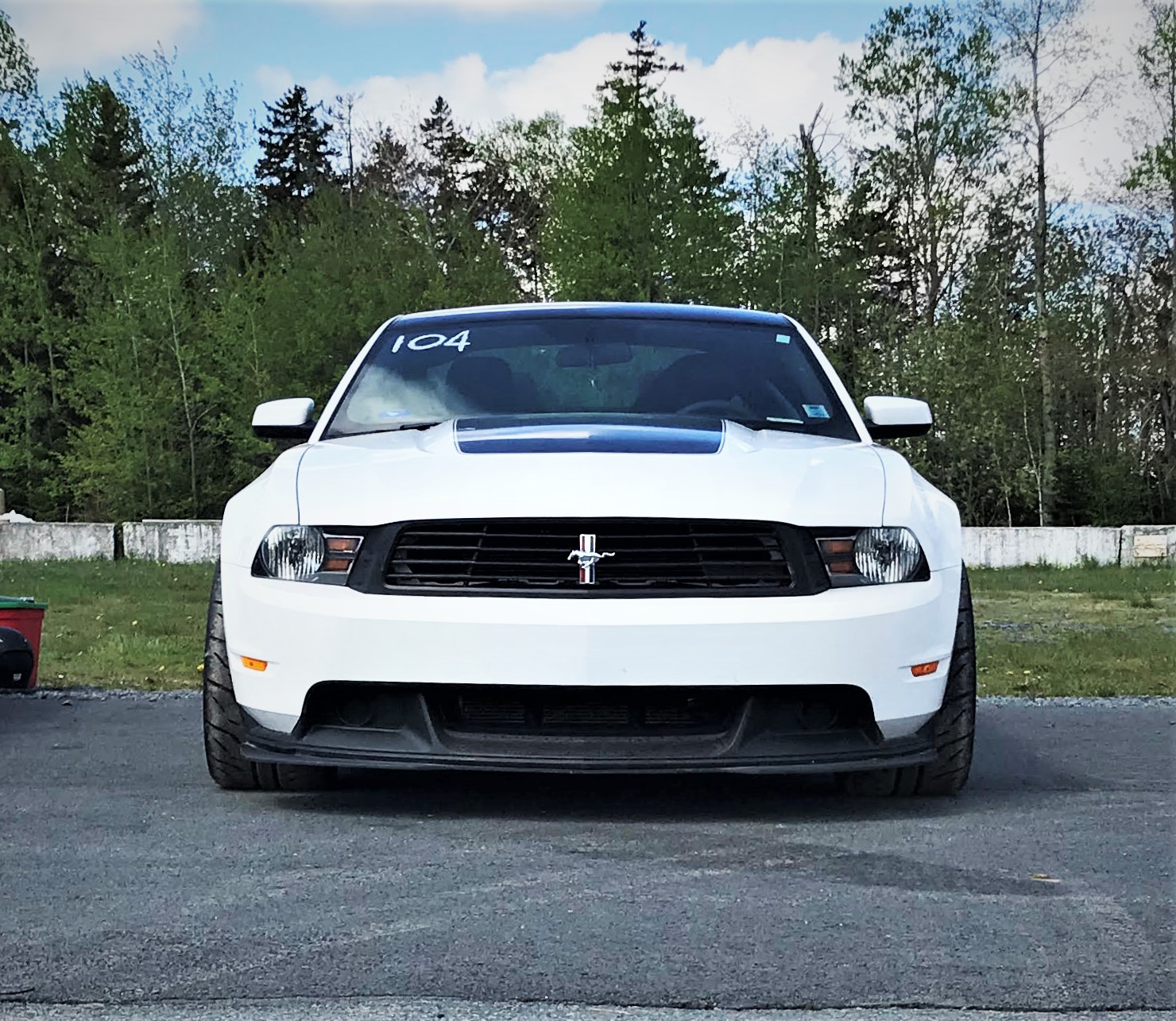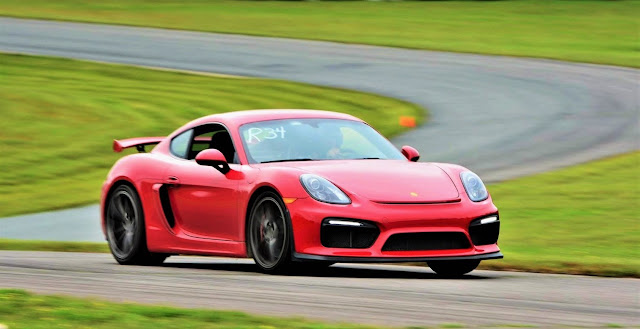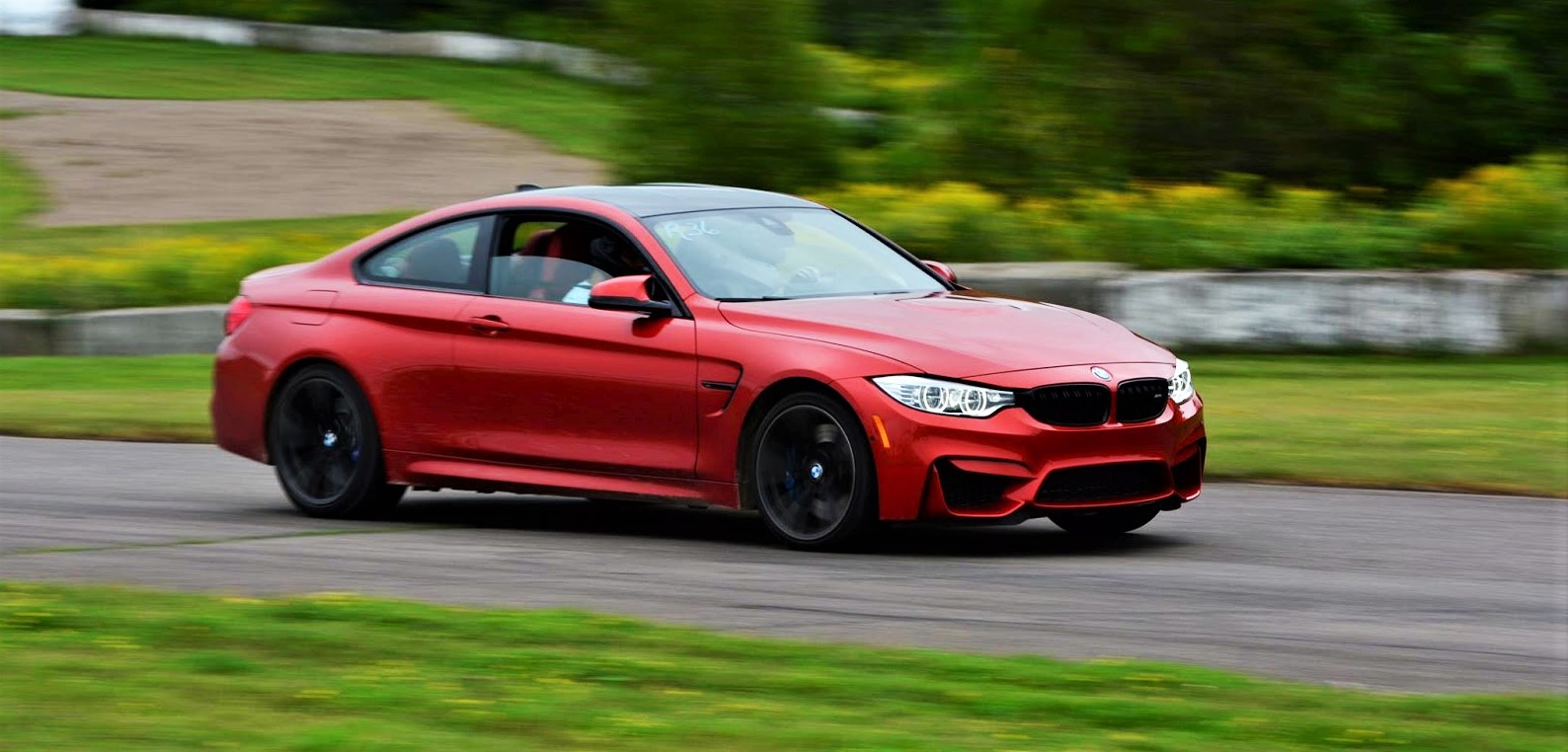This year's Best Driver's Car probably surprised many people because the winner was a lowly Camaro. A car that some people would argue is a muscle car, not even a sports car. With that said, let's start with the highs. As always, it's important to note that picking a car as an impressive or disappointing one doesn't mean it is quick or slow. It just means that, in my opinion, the car did much better or much worse than I excepted it to.
2015 Chevrolet Camaro Z/28 - 1:37.82: This is obvious. It's a Camaro and it won. It's a blue collar's hero, a car with humble beginnings. Many will argue that it isn't a blue collar anymore with a price tag just north of $70,000 but the last time a car with the same task and equally humble beginnings tried to take on purpose built cars, the Mustang Boss 302 Laguna Seca, it finished in 5th place (Motor Trend Best Driver's Car 2011). The last time a Camaro tried to do the same feat, it finished in 6th (Motor Trend Best Driver's Car 2012). The Boss 302 LS cost just under $50,000 and the Camaro ZL1 is just over $55,000 so maybe an extra $15,000-$20,000 is what it takes?
2014 Ford Fiesta ST - 1:51.25: This was surprising for two reasons. It beat out cars like the 2015 Subaru WRX STI, 2015 BMW i8 and 2015 Jaguar F-Type Coupe R and it put down an impressive lap time that was just over 1 second behind the GTI. With a starting price under $21,000 in the US ($22,638 in Canada), hatchback functionality and great performance, this may be just tick all the right boxes for someone with room for only one car in the driveway.
The Lows:
2015 Jaguar F-Type Coupe R - 1:42.01: Last year, the F-Type was represented at Motor Trend's Best Driver's Car. An F-Type Convertible S took on the challenge. It finished in 4th place out of 12 cars while this Coupe R finished in 9th place out of 10, just 1 place from last. It was also 1.2 seconds slower than the Convertible S. An R version should be higher than S in the Jaguar hierarchy of nomenclature. Add in the fact that it was a coupe which should have the handling advantage and had a solid 55 hp advantage over last year's Convertible S and it becomes clear I found it disappointing. I don't consider Best Driver's Car rankings to be unarguable or set in stone. I would be surprised if the fact that it is a Coupe and it is an R version made them take it more seriously as a track car and rate it differently compared to a convertible which adds a different perspective but there's no arguing with the numbers.
2014 Nissan GT-R Nismo - 1:35.51: The base GT-R starts at $101,770. The as-tested price of this Nismo version was $151,880 so it demands over $50,000 premium. For that, you get Nismo-tuned dampers and springs, upped the front caster-trail, thicker 17.3 mm hollow rear stabilizer bar and half-inch wider front wheels, Nismo-spec Dunlops, larger diameter hub bolts, and Super GT-inspired body boosted stability and grip. Nismo used GT3-derived turbos to give the car a stronger mid-range and boosted power to 600 hp and 481 lb-ft. All of this resulted in.. a lap that's just over 1 second at Laguna Seca.. and slower 1/4 mile time. The Nismo version had a 1/4 mile time of 11.1 seconds and a trap speed of 125.3 mph vs the 2013 Track Edition performance of 11.0 seconds flat at 125.1 mph. How do you add grip and 55 hp and lose a tenth and only gain 0.2 mph? Something doesn't add up. Sometimes stiffening up the suspension can hurt launch because of reduce weight transfer to the rear but I would imagine that would be less of a factor in a car with AWD, especially one with an advanced AWD system like the GT-R and an extra 55 hp should remedy any disadvantage. Motor Trend is putting some blame on the mediocre performance (compared to the Track Edition) on 91 octane gas but last year's BDC testing was also done with 91 octane gas so it should be the same. The video of the hot lap also shows the car slightly missing the apex in corner 9, emphasizing the corner entry understeer they were talking about.
It's important to note that I haven't driven any of the car's above so I'm simply forming an opinion based on objective and subjective information posted. With that said, I liked this year BDC better than last year's, although there are many cars that I was hoping to see compete. Apparently, many people agree because Motor Trend posted an article just to address certain cars that weren't there (Motor Trend: Where's My Favorite Car?!). On the plus side, this should mean that next year's BDC should be packed so I'll be looking forward to that. For some reason, Car and Driver skipped the Lightning Lap feature this year so hopefully we can expect one next year.
2014 Ford Fiesta ST - 1:51.25: This was surprising for two reasons. It beat out cars like the 2015 Subaru WRX STI, 2015 BMW i8 and 2015 Jaguar F-Type Coupe R and it put down an impressive lap time that was just over 1 second behind the GTI. With a starting price under $21,000 in the US ($22,638 in Canada), hatchback functionality and great performance, this may be just tick all the right boxes for someone with room for only one car in the driveway.
The Lows:
2015 Jaguar F-Type Coupe R - 1:42.01: Last year, the F-Type was represented at Motor Trend's Best Driver's Car. An F-Type Convertible S took on the challenge. It finished in 4th place out of 12 cars while this Coupe R finished in 9th place out of 10, just 1 place from last. It was also 1.2 seconds slower than the Convertible S. An R version should be higher than S in the Jaguar hierarchy of nomenclature. Add in the fact that it was a coupe which should have the handling advantage and had a solid 55 hp advantage over last year's Convertible S and it becomes clear I found it disappointing. I don't consider Best Driver's Car rankings to be unarguable or set in stone. I would be surprised if the fact that it is a Coupe and it is an R version made them take it more seriously as a track car and rate it differently compared to a convertible which adds a different perspective but there's no arguing with the numbers.
It's important to note that I haven't driven any of the car's above so I'm simply forming an opinion based on objective and subjective information posted. With that said, I liked this year BDC better than last year's, although there are many cars that I was hoping to see compete. Apparently, many people agree because Motor Trend posted an article just to address certain cars that weren't there (Motor Trend: Where's My Favorite Car?!). On the plus side, this should mean that next year's BDC should be packed so I'll be looking forward to that. For some reason, Car and Driver skipped the Lightning Lap feature this year so hopefully we can expect one next year.















Comments
Post a Comment